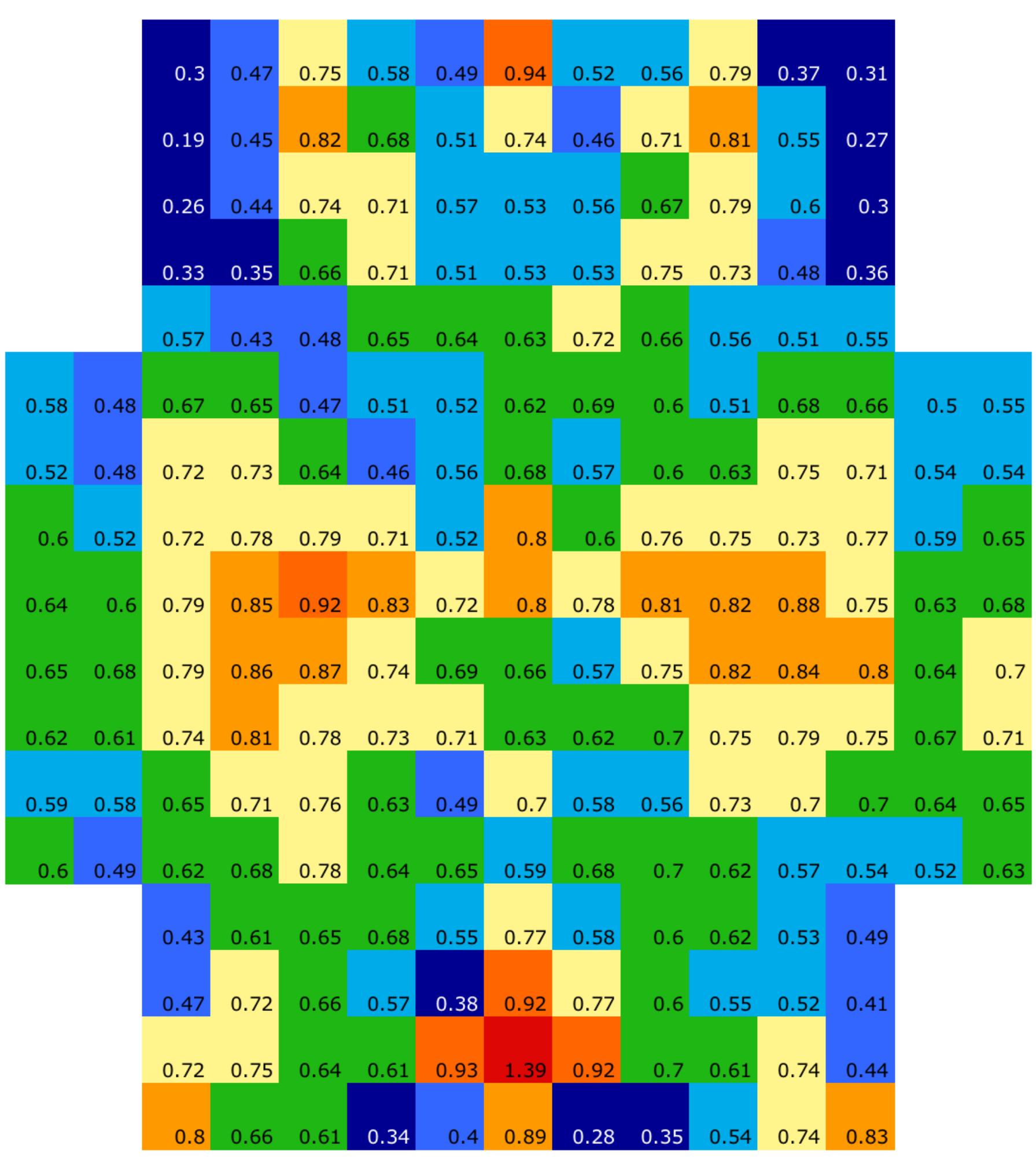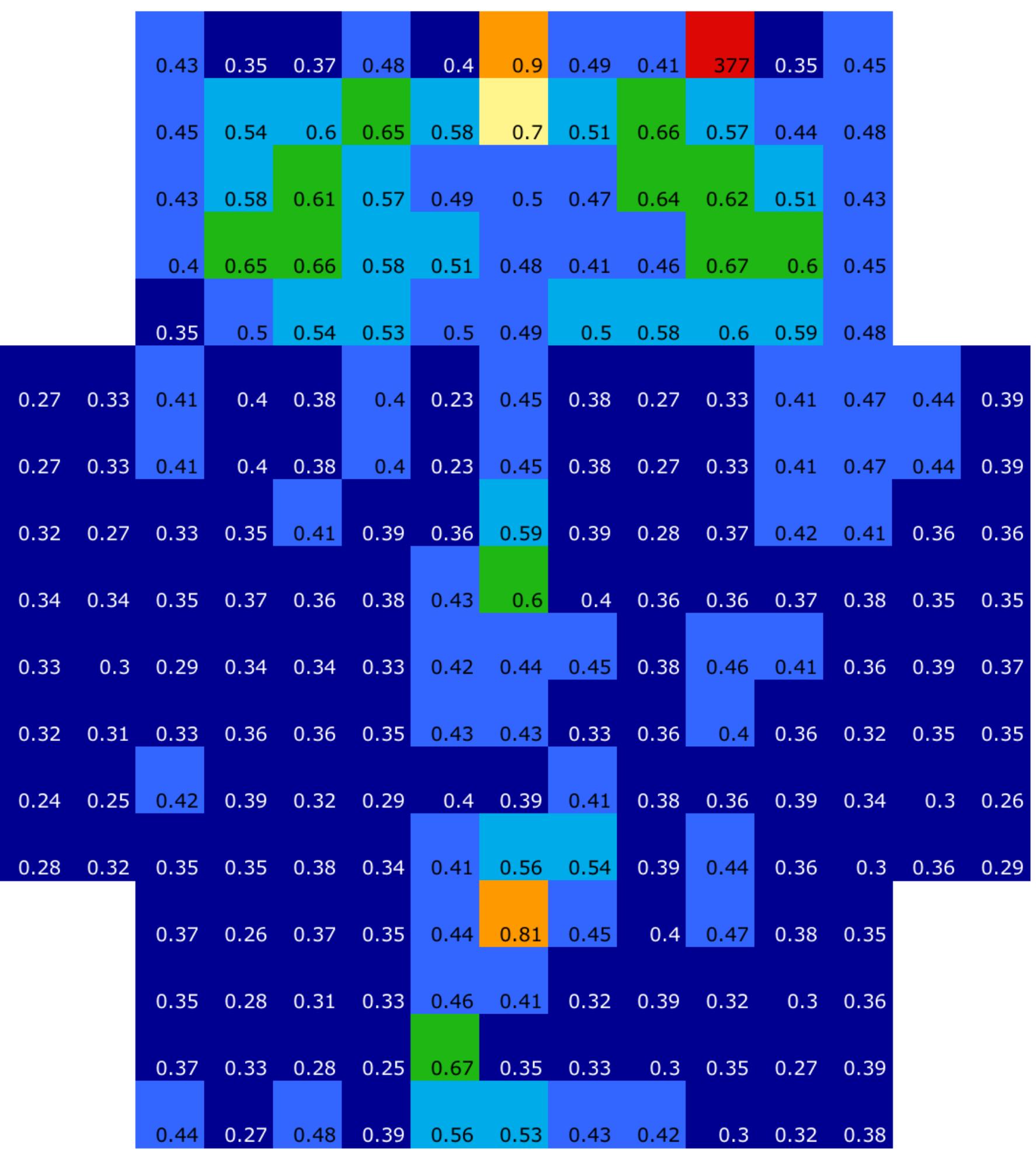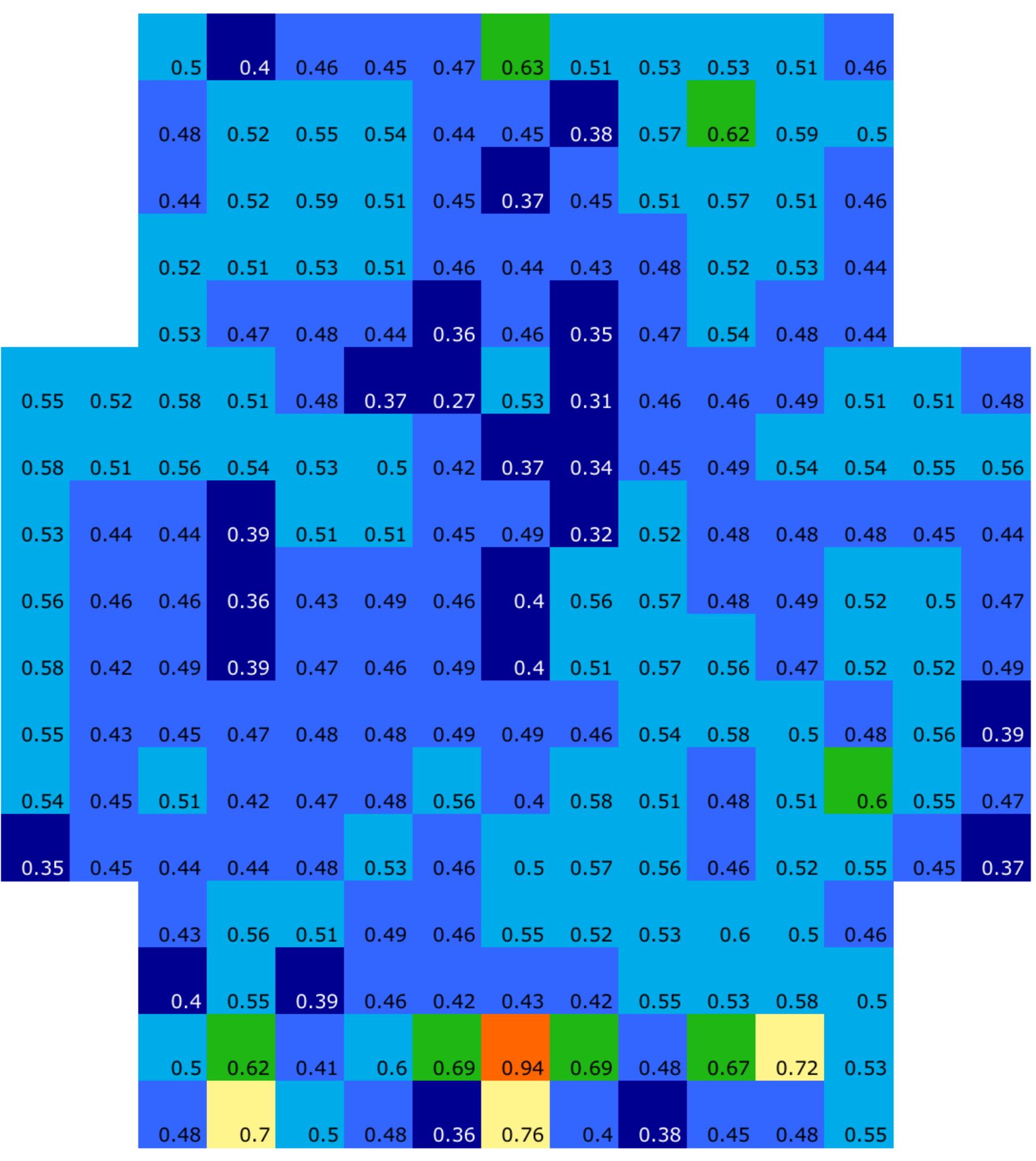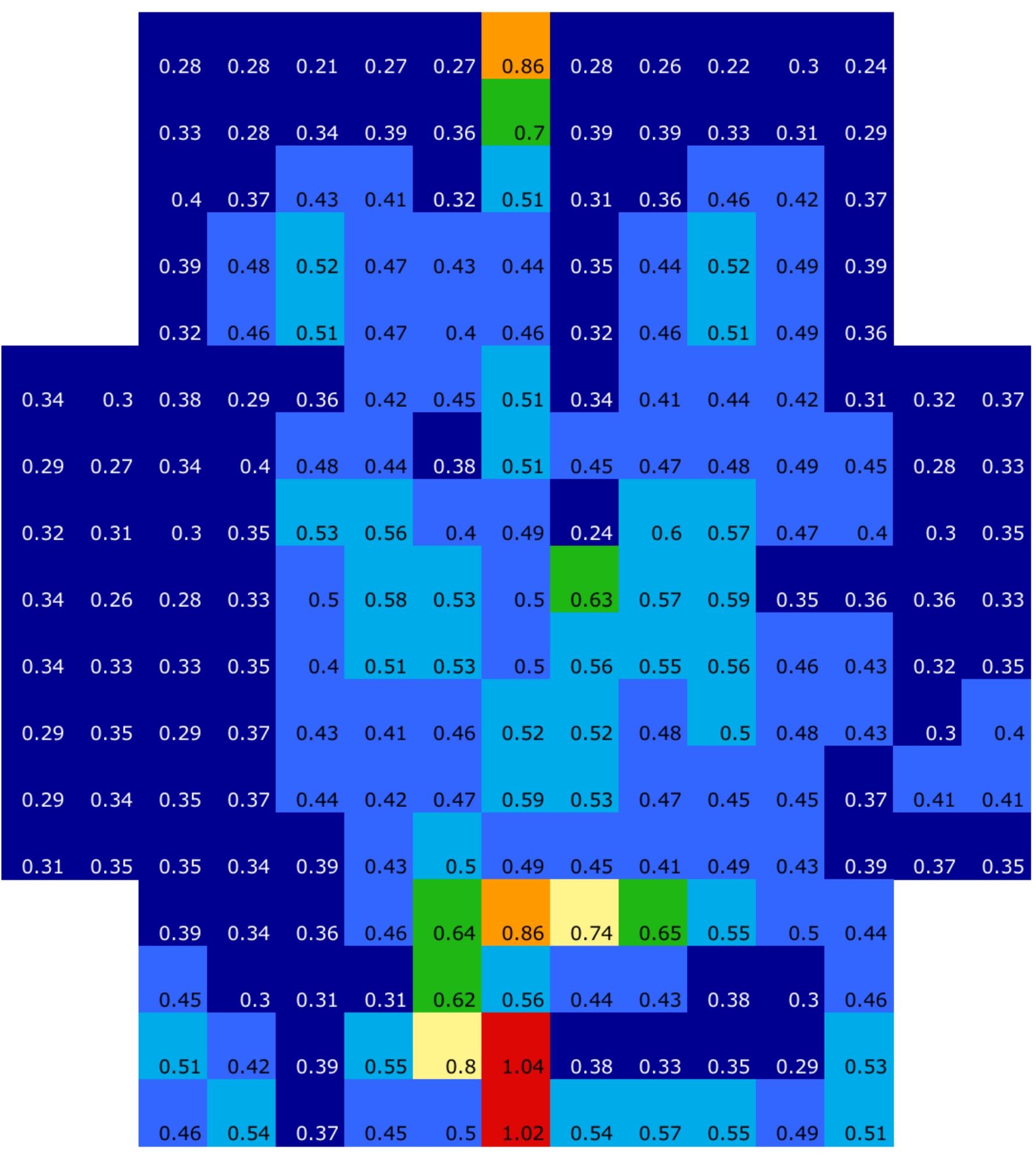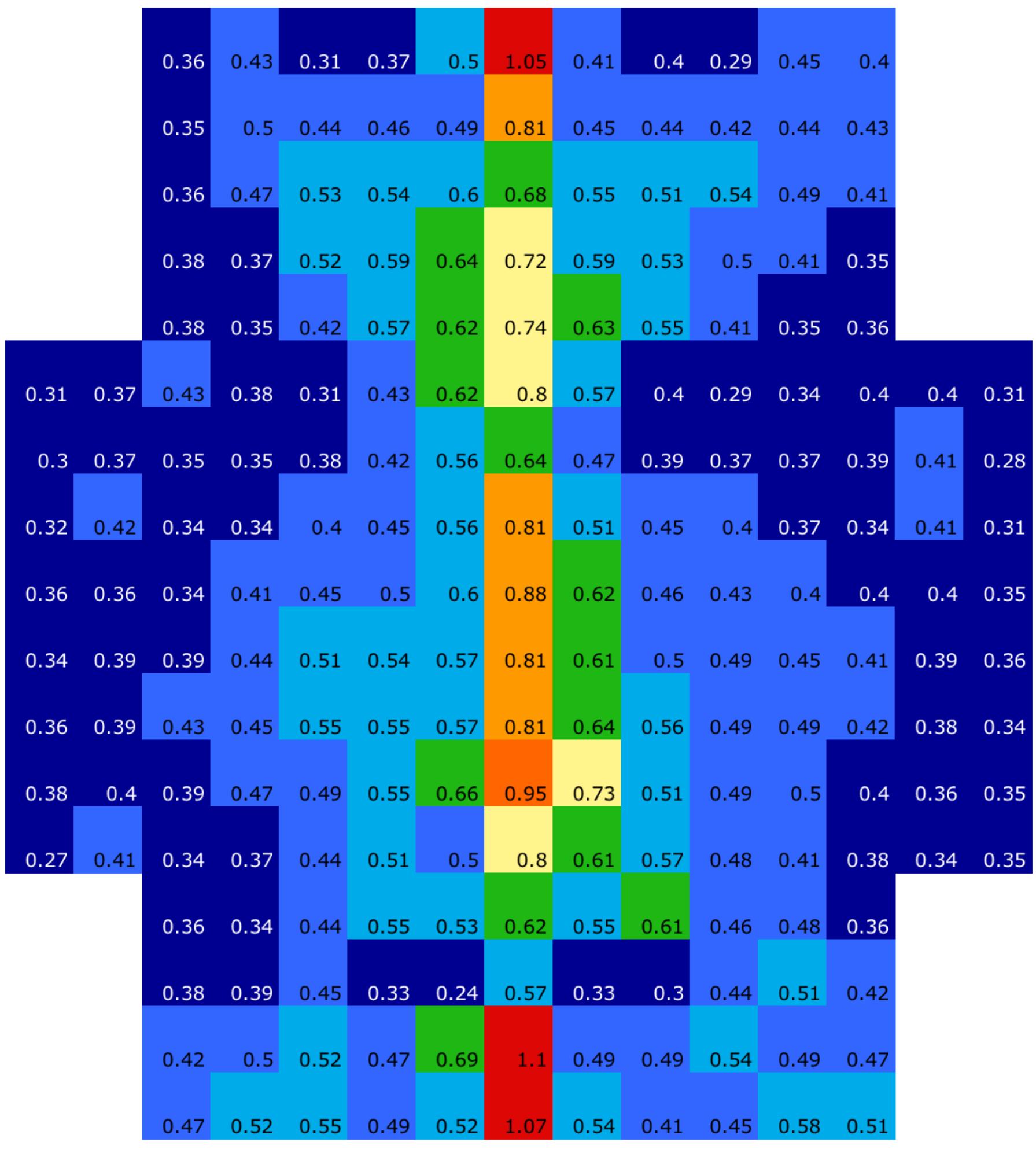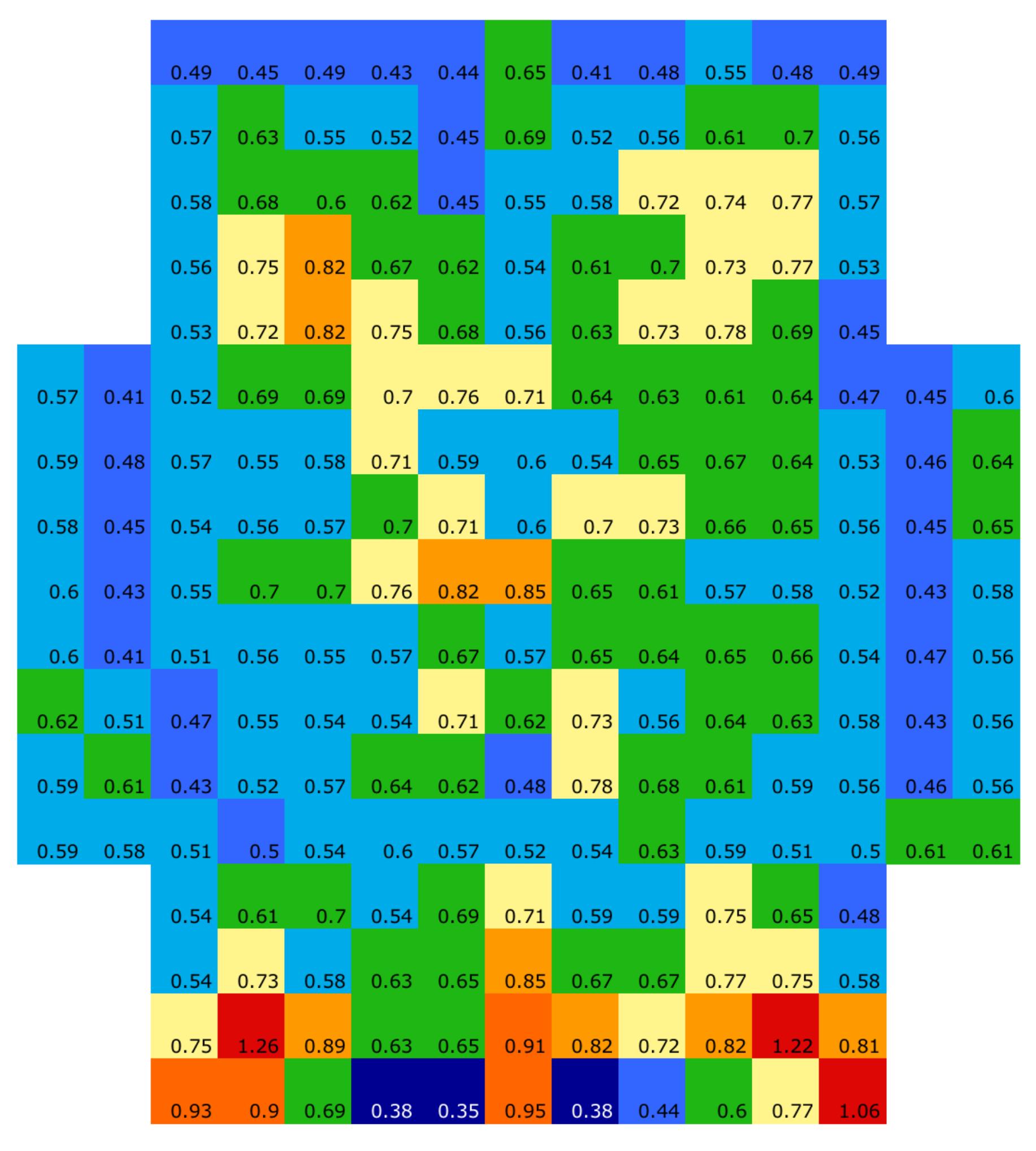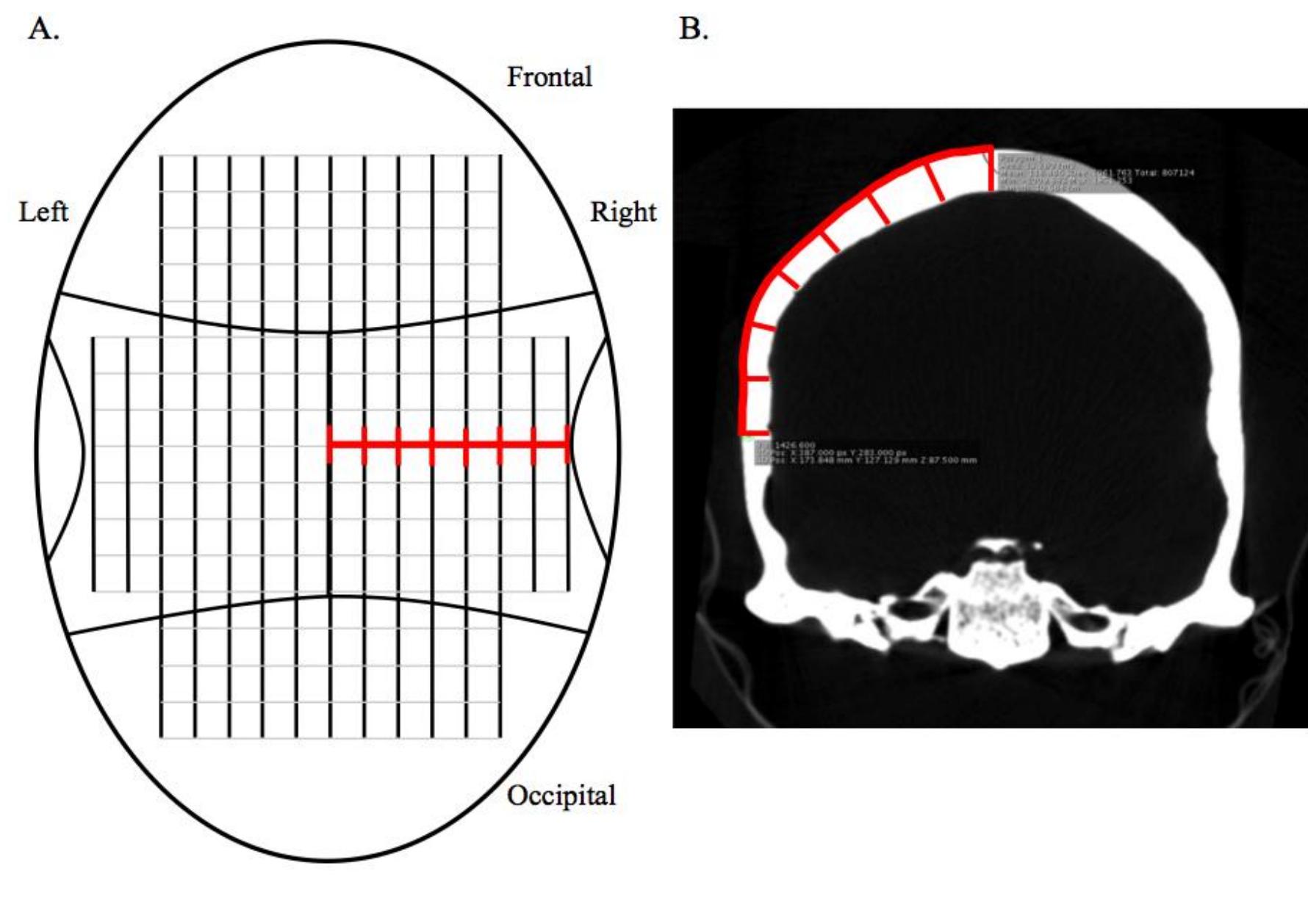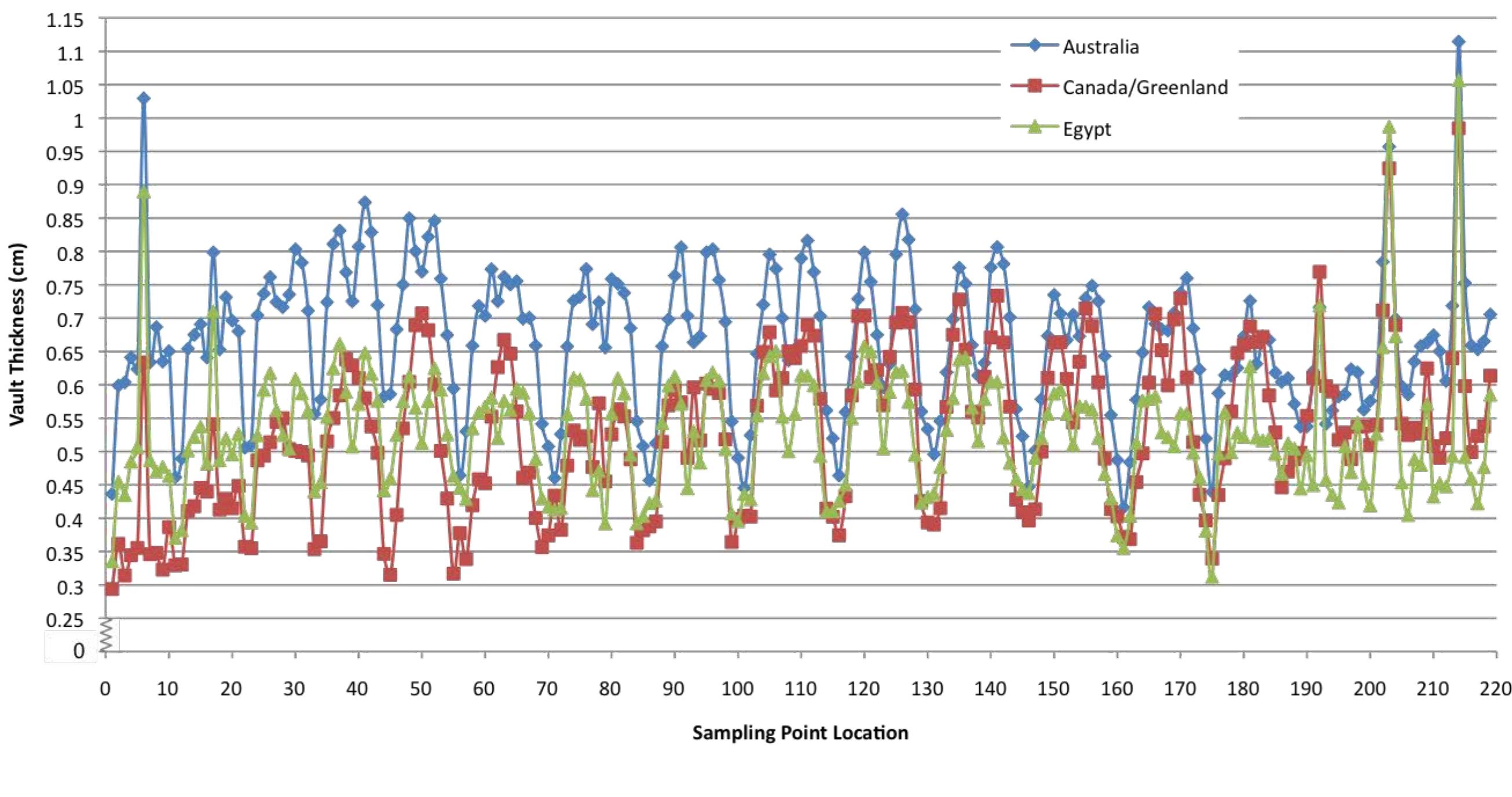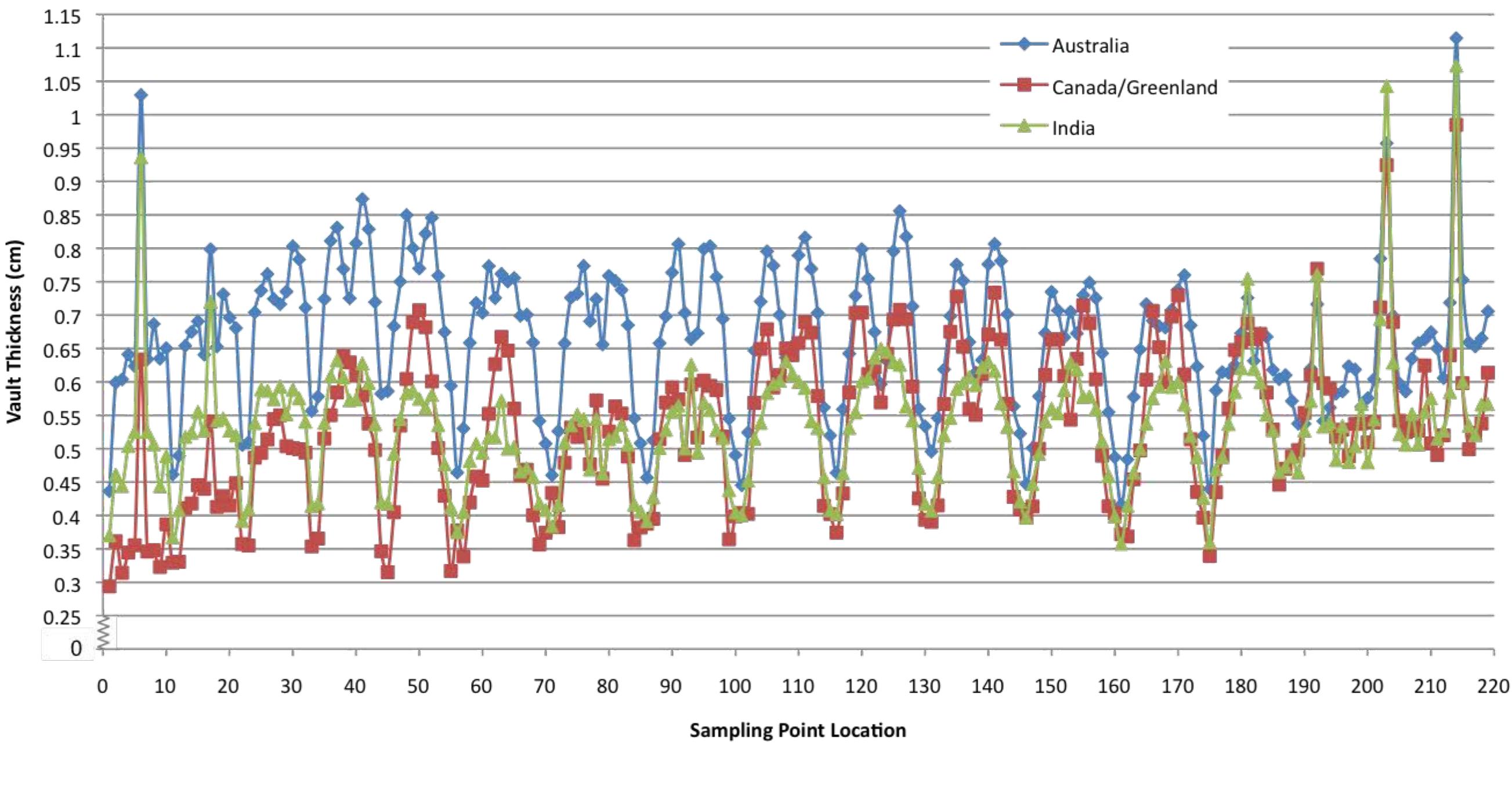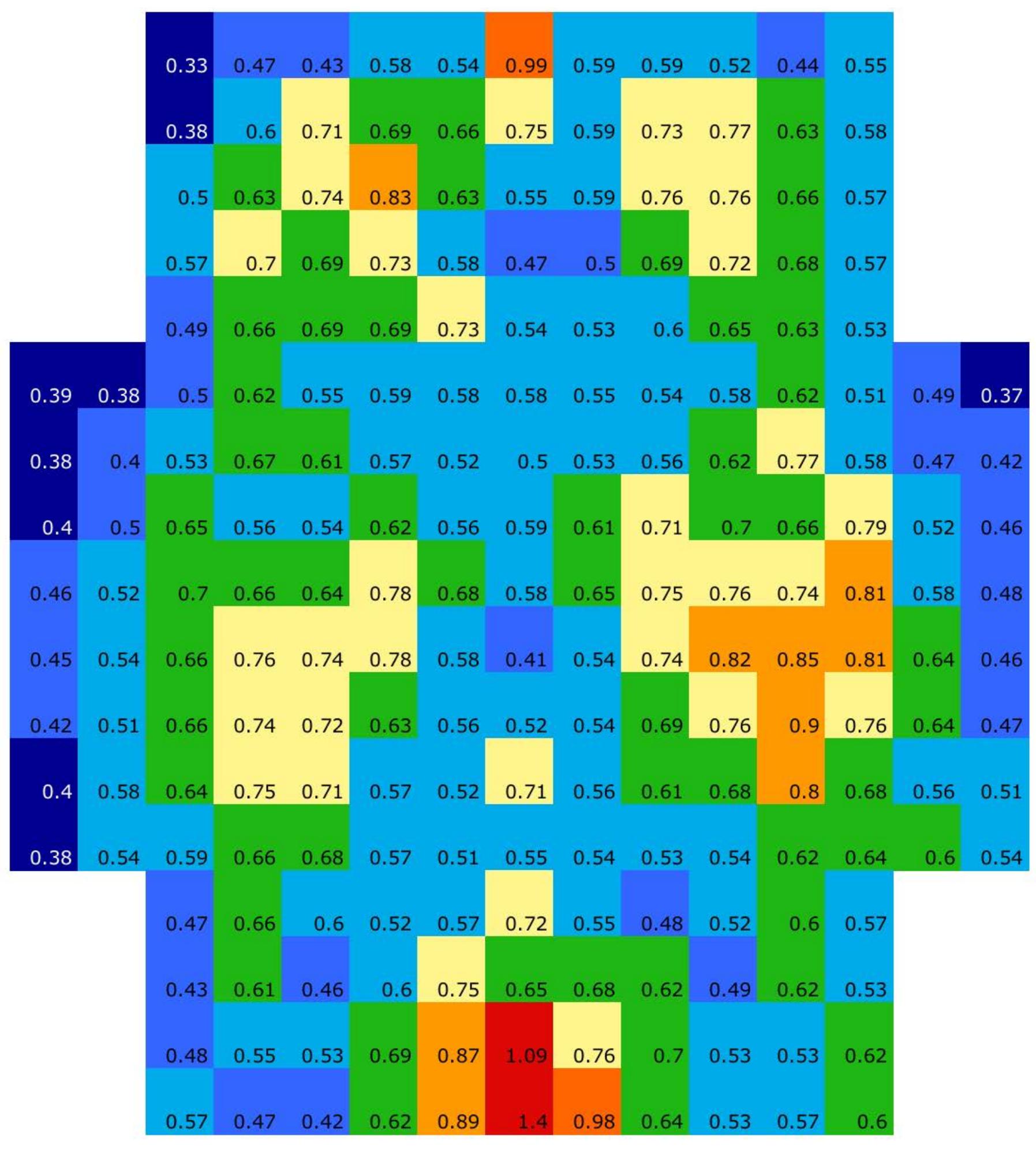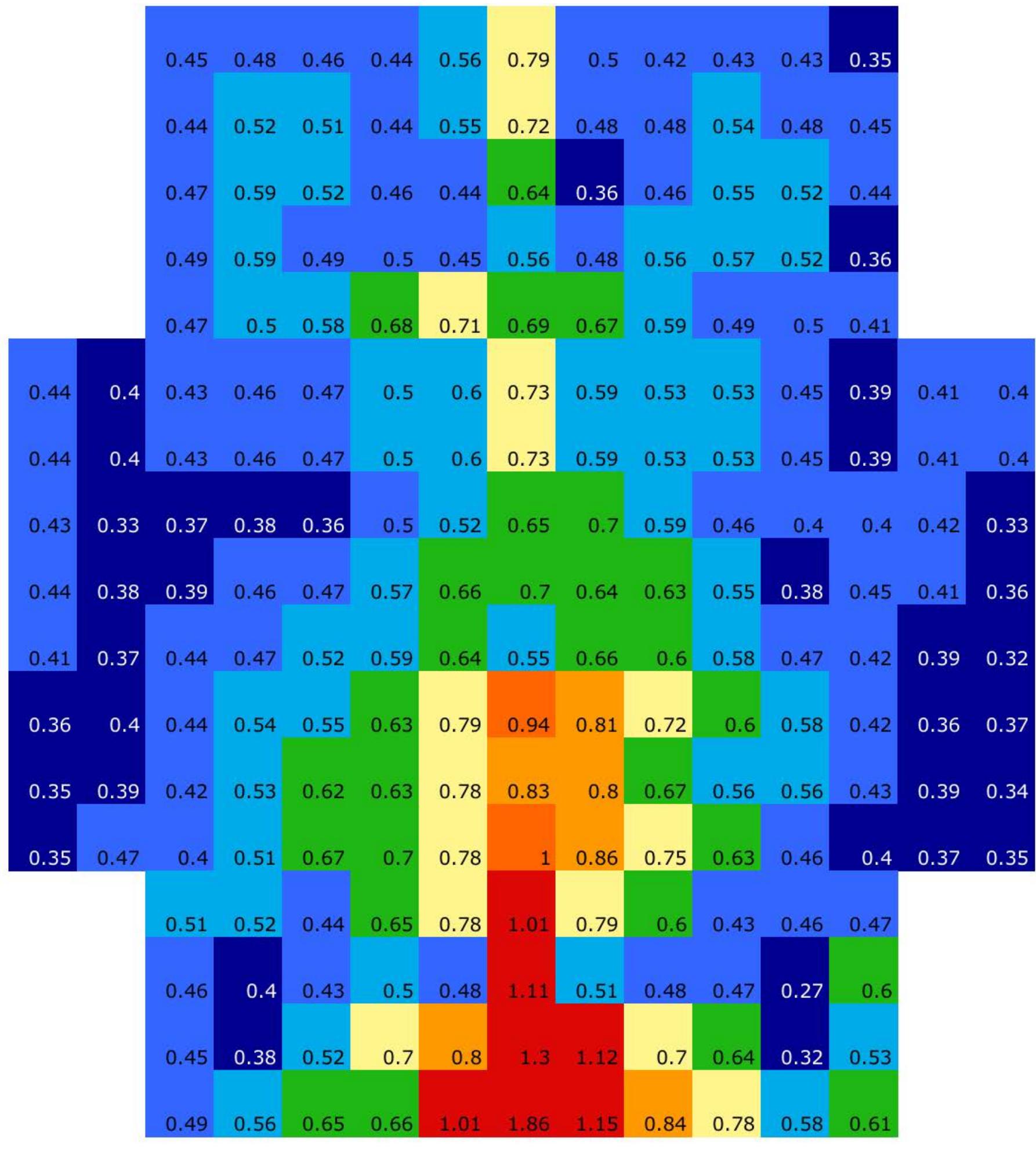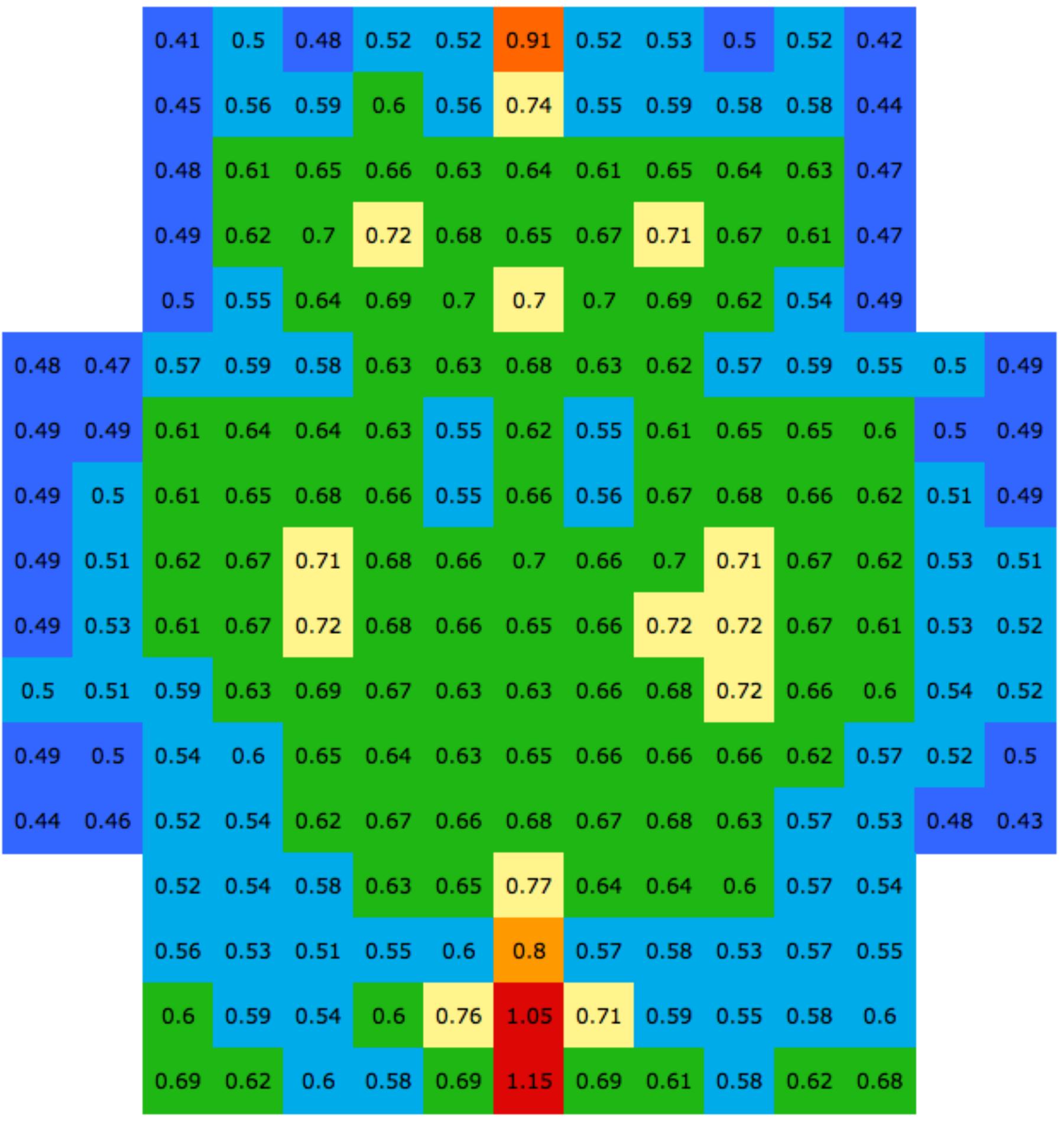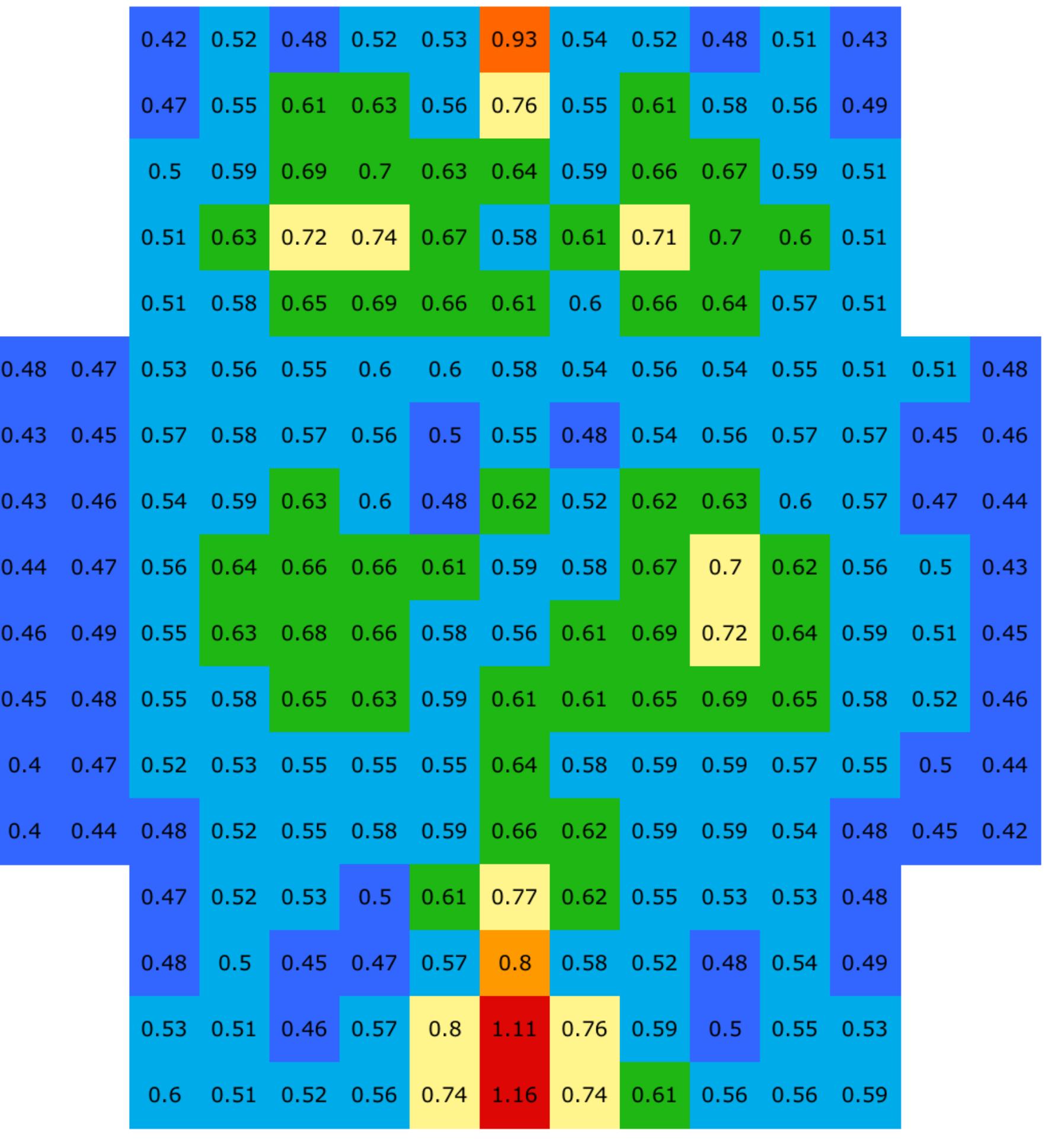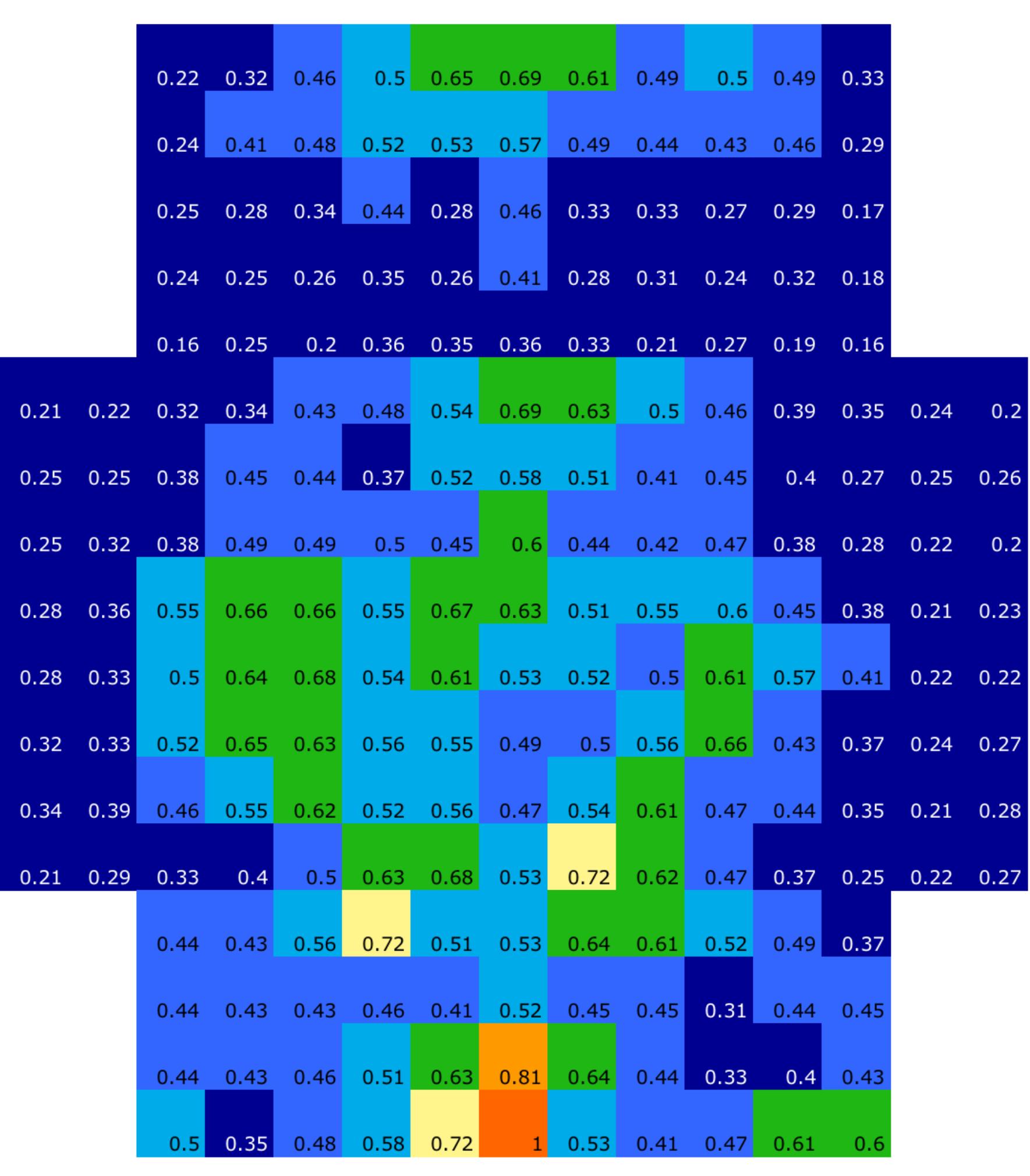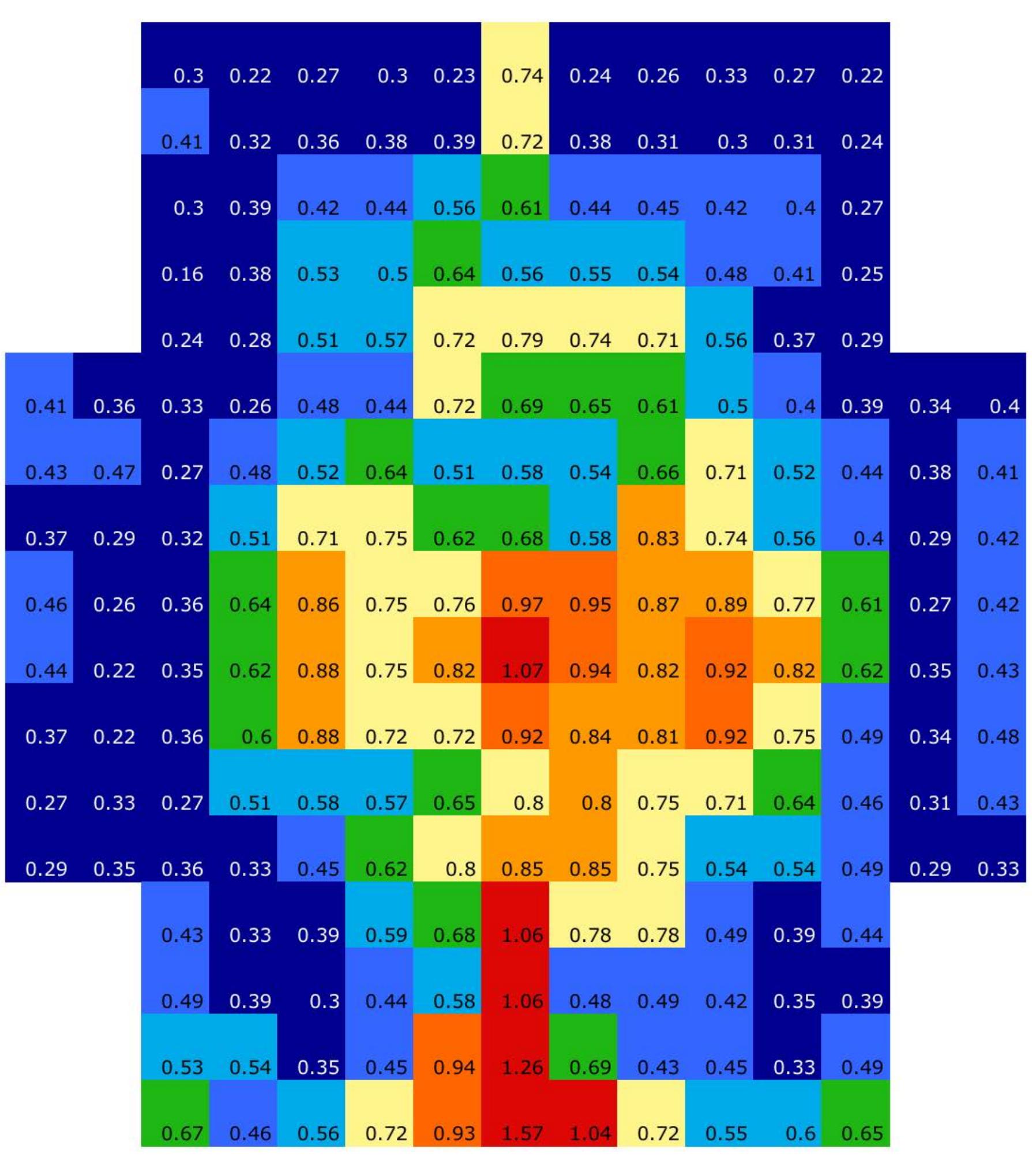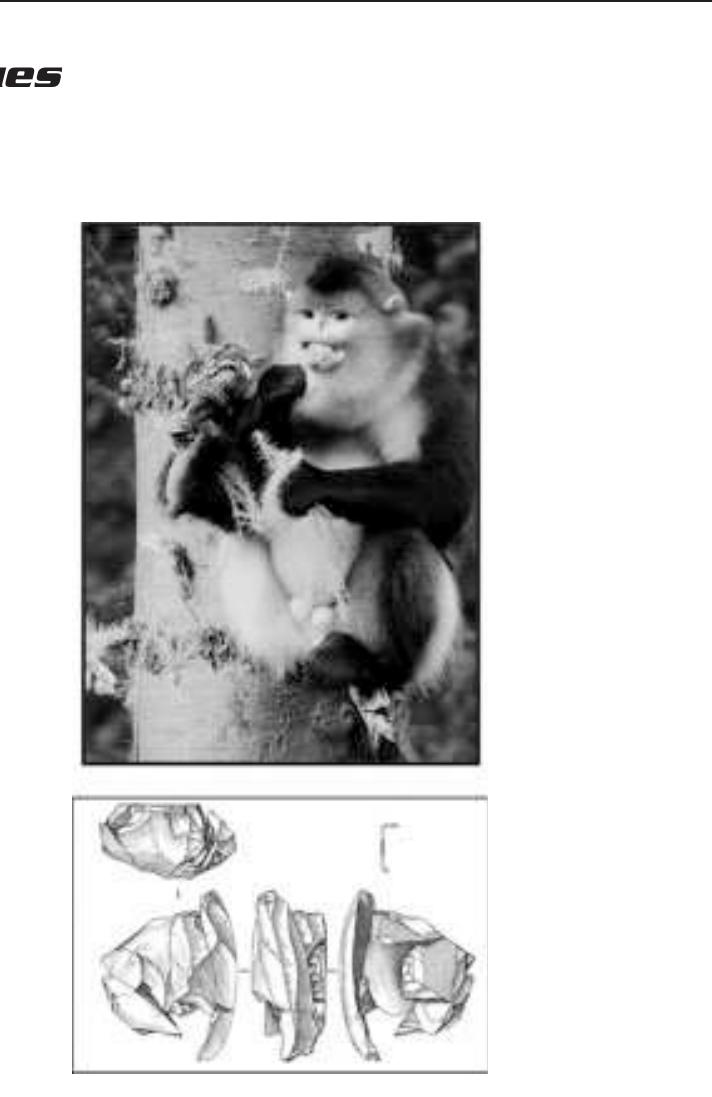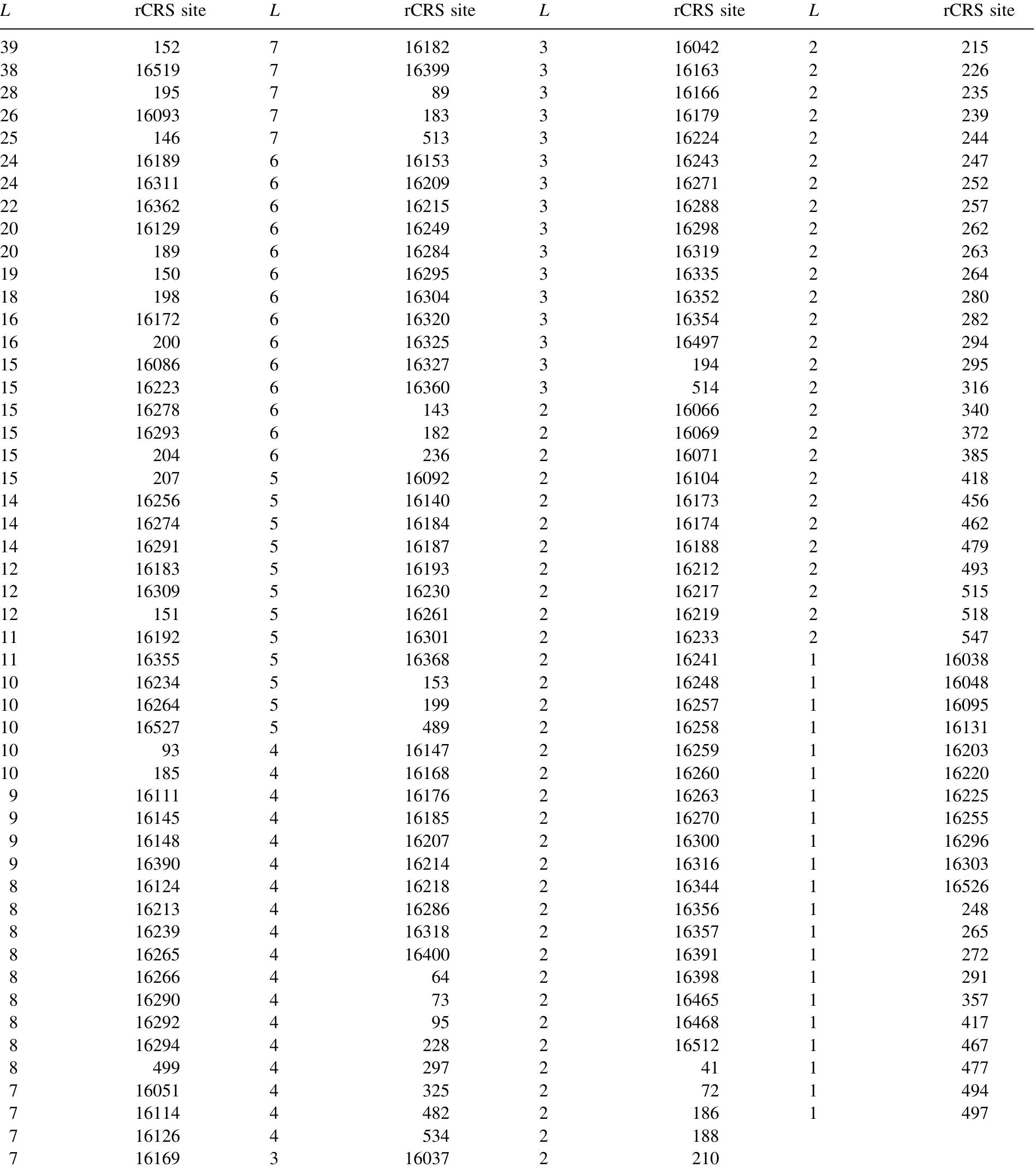Course syllabus for a second-year course in psychological anthropology with a general student base (many psychology majors, but also a wide variety). Draws on my own interest in phenomenology, neuroanthropology, anthropology of the... more
Objectives: The majority of anthropological studies on dermatoglyphics examine the heritability and inter-population variation of Level 1 detail (e.g., pattern type, total ridge count), while forensic scientists concentrate on individual... more
Cranial and postcranial research on East and Southeast Asians has shown population variability between and within these two regions. Moreover, as populations vary by sex, sex differences vary by population. The purpose of this study is to... more
We examined the affect of tissue depth variation on the reconstruction of facial form, through the application of the American method, utilizing published tissue depth measurements for emaciated, normal, and obese faces. In this... more
Establishing ancestry from a skeleton for forensic purposes has been shown to be difficult. The purpose of this paper is to address the application of thirteen non-metric traits to estimate ancestry in three South African groups, namely... more
Numerous lines of evidence suggest that Homo sapiens evolved as a distinct species in Africa by 150,000 years before the present (BP) and began major migrations out-of-Africa $50,000 BP. By 20,000 BP, our species had effectively colonized... more
Evolutionary investigations of human crania typically take a limited view of cranial diversity as they discount the possibility that human cranial variation could simply be due to the effects of random genetic drift, gene flow and... more
ABSTRACT: Cleft lip and palate (CLP) is a craniofacial malformation affecting more than seven million people worldwide that results in defects of the hard palate, teeth, maxilla, nasal spine and floor, and maxillodental asymmetry. CLP... more
Variation in cranial robusticity among modern human populations is widely acknowledged but not well-understood. While the use of ''robust'' cranial traits in hominin systematics and phylogeny suggests that these characters are strongly... more
"It is argued in this article that the human body both in health and disease cannot be fully understood without adequately accounting for the different levels of human variation.The article focuses on variation due to ancestry, arguing... more
Cranial vault thickness (CVT) has been reported at many different osteometric landmarks and features on the vault. Historically, only a few landmarks are used, often bregma, lambda, vertex, and right and left euryon, and frequently... more
Population history and positive assortative mating directs gene flow in such a way that biological differences are recognized among groups. In turn, forensic anthropologists quantify biological differences to estimate ancestry. Some... more
In this study, we investigated, for the first time from a forensic anthropological perspective, the question of mixed ancestry estimation for modern Filipinos with geographic origins in the Philippines. We derived estimates of continental... more
Extensive research in human genetics on presumably neutral loci has shown that the overwhelming majority of human diversity is found among individuals within local populations. Previous apportionments of craniometric diversity are similar... more
La diversificación de los seres humanos, así como su origen, es y ha sido el objeto de estudio de la antropología biológica. A fines de siglo XIX y principios del XX se realizaban descripciones de caracteres biológicos de distintos grupos... more
Against the background of the race debate and the principal elements of the current understanding of human intraspecific variation, we present the status of the race concept in Polish anthropology. Using questionnaires, we twice surveyed... more
The craniofacial skeleton carries out diverse functions served by hierarchically integrated developmental and functional modules. The craniofacial biologist is interested in how the skeleton of the cranium evolves and develops to... more
Lip print pattern (LPP) is unique to each individual. For decades, forensic experts have used LPP for personal identification to solve criminal cases. However, studies investigating ethnic variation in LPP are scanty. Our study wanted to... more
There has been much debate about why humans throughout the world differ in facial form. Previous studies of human skull morphology found levels of among-population differentiation that were comparable to those of neutral genetic markers,... more
We report the discovery of an African American Y chromosome that carries the ancestral state of all SNPs that defined the basal portion of the Y chromosome phylogenetic tree. We sequenced~240 kb of this chromosome to identify private,... more
We still have the same kinds of feelings as our ancestors who lived many thousands of years ago: love, hate, rage, despair, endurance, hope, anxiety, forbearance, loyalty, betrayal, and so forth…….That is why old books of science and... more
Background Sitting height (SH), sub ischial leg length (SILL) and the sitting height/leg length ratio (SH/SILL) are useful tools for assessing human body proportions. They are often used to detect the presence of abnormal growth,... more
Technical note: A new method for measuring long bone curvature using 3D landmarks and semi-landmarks
Here we describe and evaluate a new method for quantifying long bone curvature using geometric morphometric and semi-landmark analysis of the human femur. The technique is compared with traditional ways of measuring subtense and point of... more
Background: Femoral sulcus angle is particularly important in clinical evaluation of patellofemoral joint. Individuals show considerable differences in asymmetrical dimensions of the femur. Objectives: To determine the size of femoral... more
Estimates of the amount of genetic differentiation in humans among major geographic regions (e.g., Eastern Asia vs. Europe) from quantitative-genetic analyses of cranial measurements closely match those from classical-and... more
The new paradigms proposed for human health risk assessment stress the need for the use of human and human-derived cell lines, and this review summarizes the use of primary human hepatocytes and hepatocyte subcellular preparations for the... more
Human Cranial Anatomy and the Differential Preservation of Population History and Climate Signatures
Cranial morphology is widely used to reconstruct evolutionary relationships, but its reliability in reflecting phylogeny and population history has been questioned. Some cranial regions, particularly the face and neurocranium, are... more
Collagen fiber orientation is one aspect of the microstructure of bone that influences its mechanical properties. While the spatial distribution of preferentially oriented collagen is hypothesized to reflect the effects of loading during... more
The scientific working group on DNA analysis Methods (SWGDAM) mitochondrial DNA (mtDNA) population data set is used to infer the relative rarity of control region mtDNA profiles obtained from evidence samples and of profiles used for... more
Human morphological changes do not follow universal pattern and vary between/among individuals and other socio-cultural parameters. Study on age related changes in muscle and fat distribution are still insufficient considering particular... more
The contribution of pre-mRNA processing mechanisms to the regulation of immune responses remains poorly studied despite emerging examples of their role as regulators of immune defenses. We sought to investigate the role of mRNA processing... more
The scientific working group on DNA analysis Methods (SWGDAM) mitochondrial DNA (mtDNA) population data set is used to infer the relative rarity of control region mtDNA profiles obtained from evidence samples and of profiles used for... more
Variation in cranial robusticity among modern human populations is widely acknowledged but not well-understood. While the use of “robust” cranial traits in hominin systematics and phylogeny suggests that these characters are strongly... more
Despite great progress in identifying genetic variants that influence human disease, most inherited risk remains unexplained. A more complete understanding requires genome-wide studies that fully examine less common alleles in populations... more
Natural variation plays an important but subtle and often ignored role in neuromechanical systems. This is especially important when designing for living or hybrid systems which involve a biological or self-assembling component.... more
Human intraspecific variation is a complex problem, but may be better understood by using computational models in tandem with knowledge about the genetic bases of phenotypic traits. These results can be used in a multitude of settings. To... more
Objectives: The midface of extant Homo sapiens is known to undergo shape changes through fetal and neo-natal ontogeny; however, little work has been done to quantify these shape changes. Further , while midfacial traits which vary in... more
Despite great progress in identifying genetic variants that influence human disease, most inherited risk remains unexplained. A more complete understanding requires genome-wide studies that fully examine less common alleles in populations... more
One of several microstructural variables known to affect the mechanical properties of bone is the degree of mineralization of bone matrix. The aim of this study was to examine mineralization density, and its variability with age and sex,... more
The scientific working group on DNA analysis Methods (SWGDAM) mitochondrial DNA (mtDNA) population data set is used to infer the relative rarity of control region mtDNA profiles obtained from evidence samples and of profiles used for... more
Recent analyses indicate that the precuneus is one of the main centres of integration in terms of functional and structural processes within the human brain. This neuroanatomical element is formed by different subregions, involved in... more














![Fig. 1. Pattern types. [Color figure can be viewed in the online issue, which is available at wileyonlinelibrary.com. ]](https://figures.academia-assets.com/44086523/figure_001.jpg)












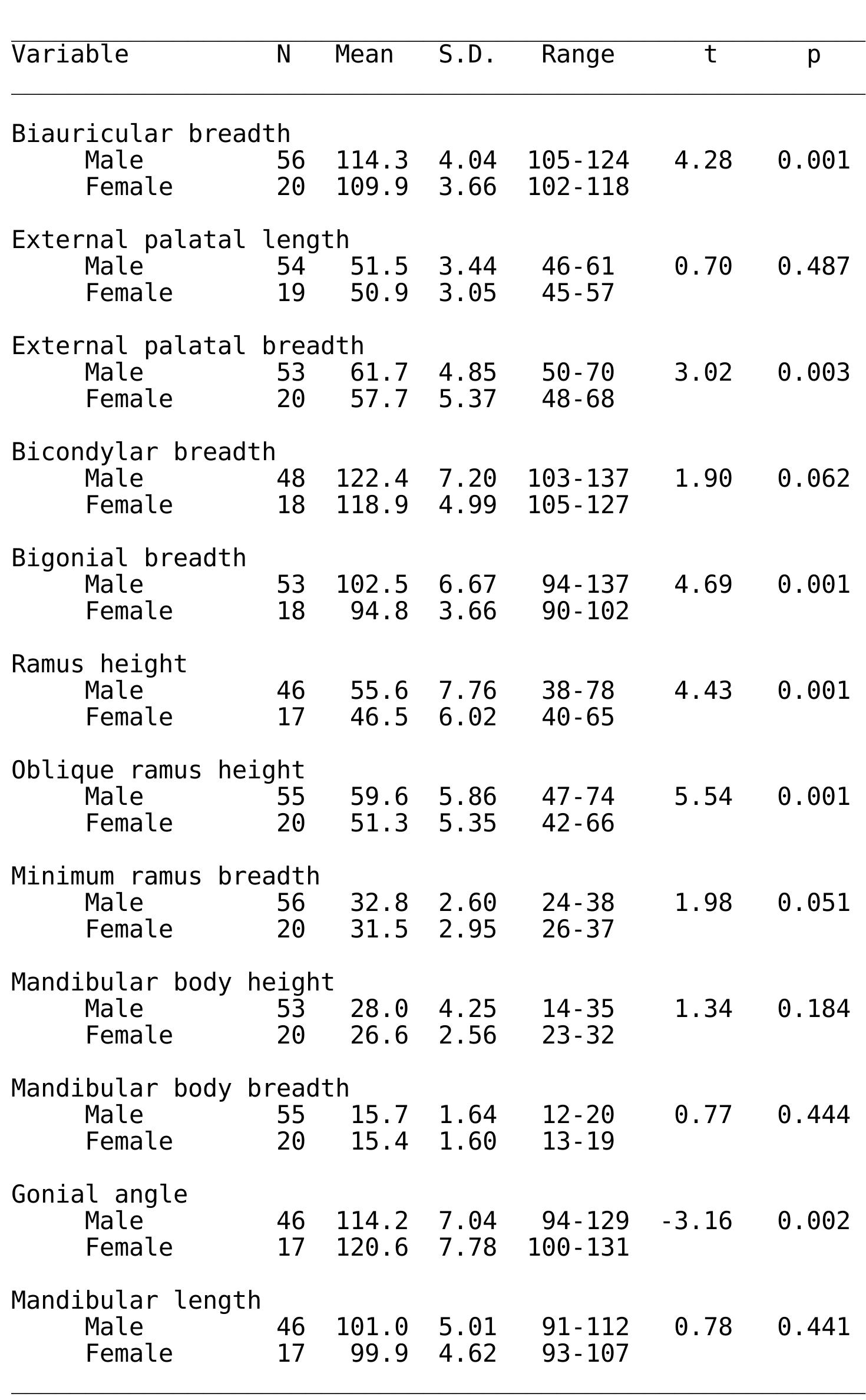



































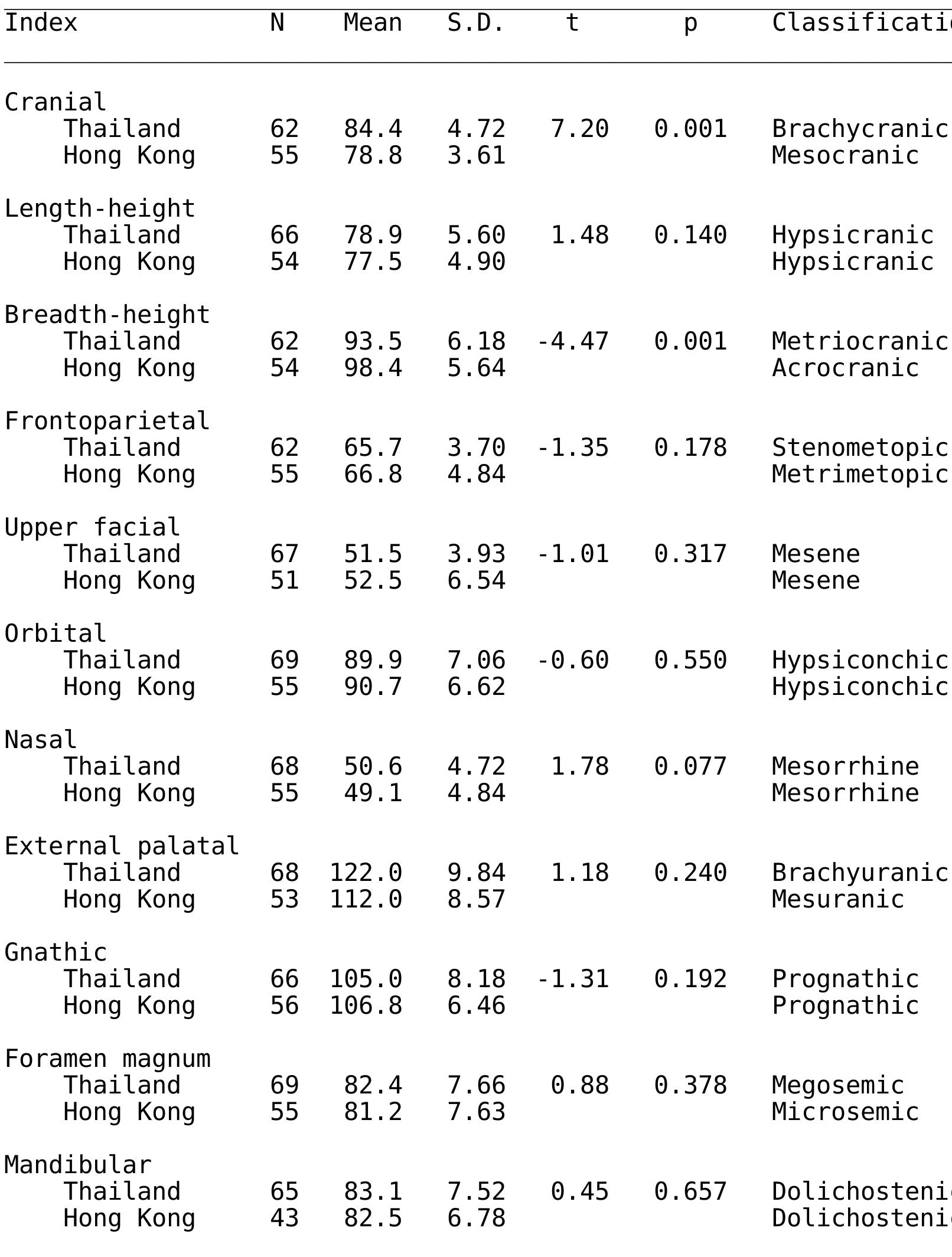












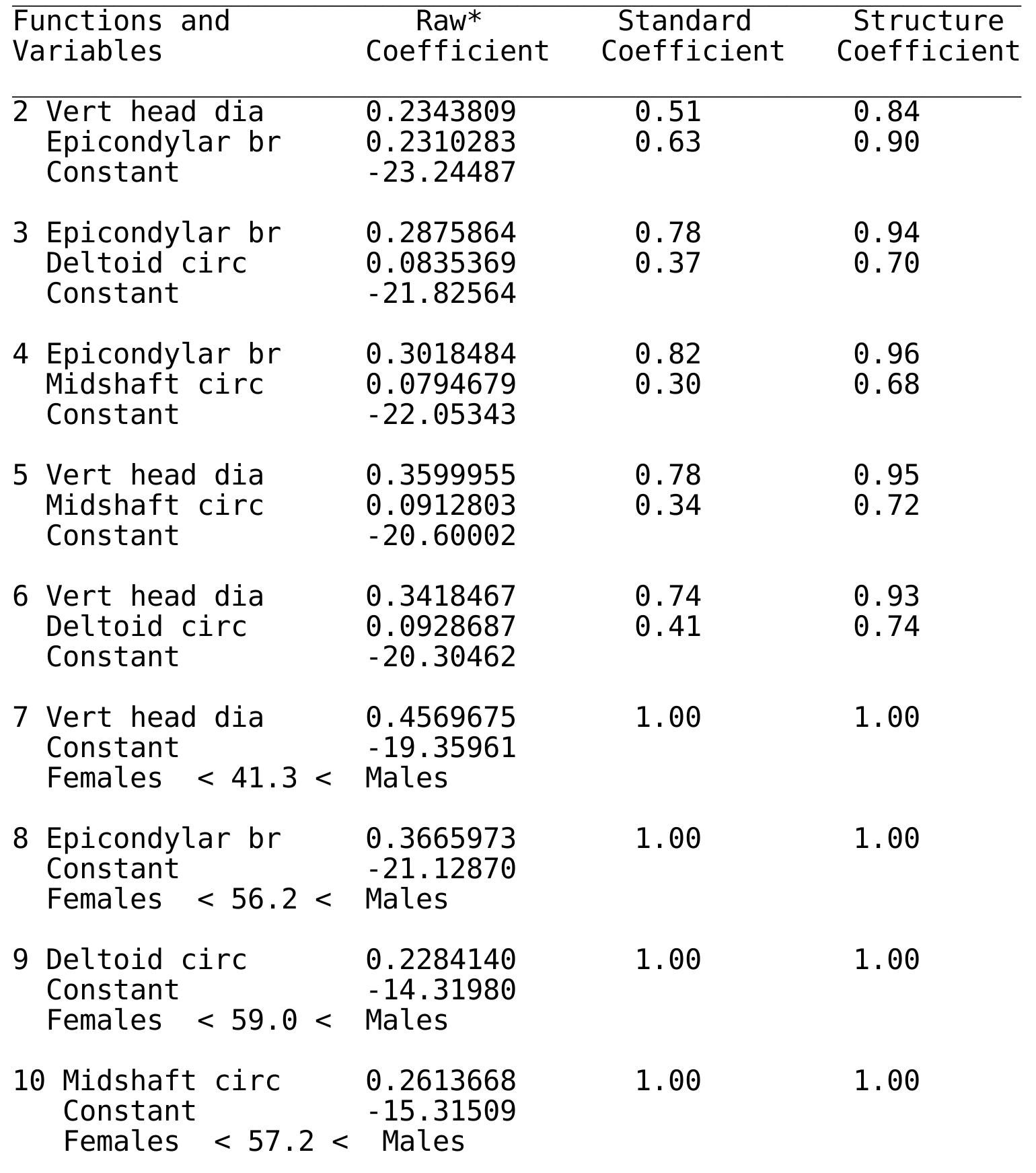






![Fig. 2. This line graph illustrates the facial pattern profile graphed from Z-scores for midline and right lateral anthropometric facial measurements. The faces follow similar patterns while being small for many measurements when compared to a large reference population [27].](https://figures.academia-assets.com/11512/figure_003.jpg)
![Landmarks for facial reconstruction [7] Table 1](https://figures.academia-assets.com/11512/table_001.jpg)
![Anthropometric measurements and landmarks used in quantitative analysis [27] Table 2](https://figures.academia-assets.com/11512/table_002.jpg)






![Cross tabulation for the interaction between sex and ancestry for nasal bone contour, nasal aperture width and inter-orbital breadth. culture, language, ecology and geography have been shown to influence the pattern and direction of this variation in both modern and historical populations [3,12-14]. In other words, sex, age at death, and date of birth also contribute to the variation that is observed in and between groups.](https://figures.academia-assets.com/39665994/table_005.jpg)





